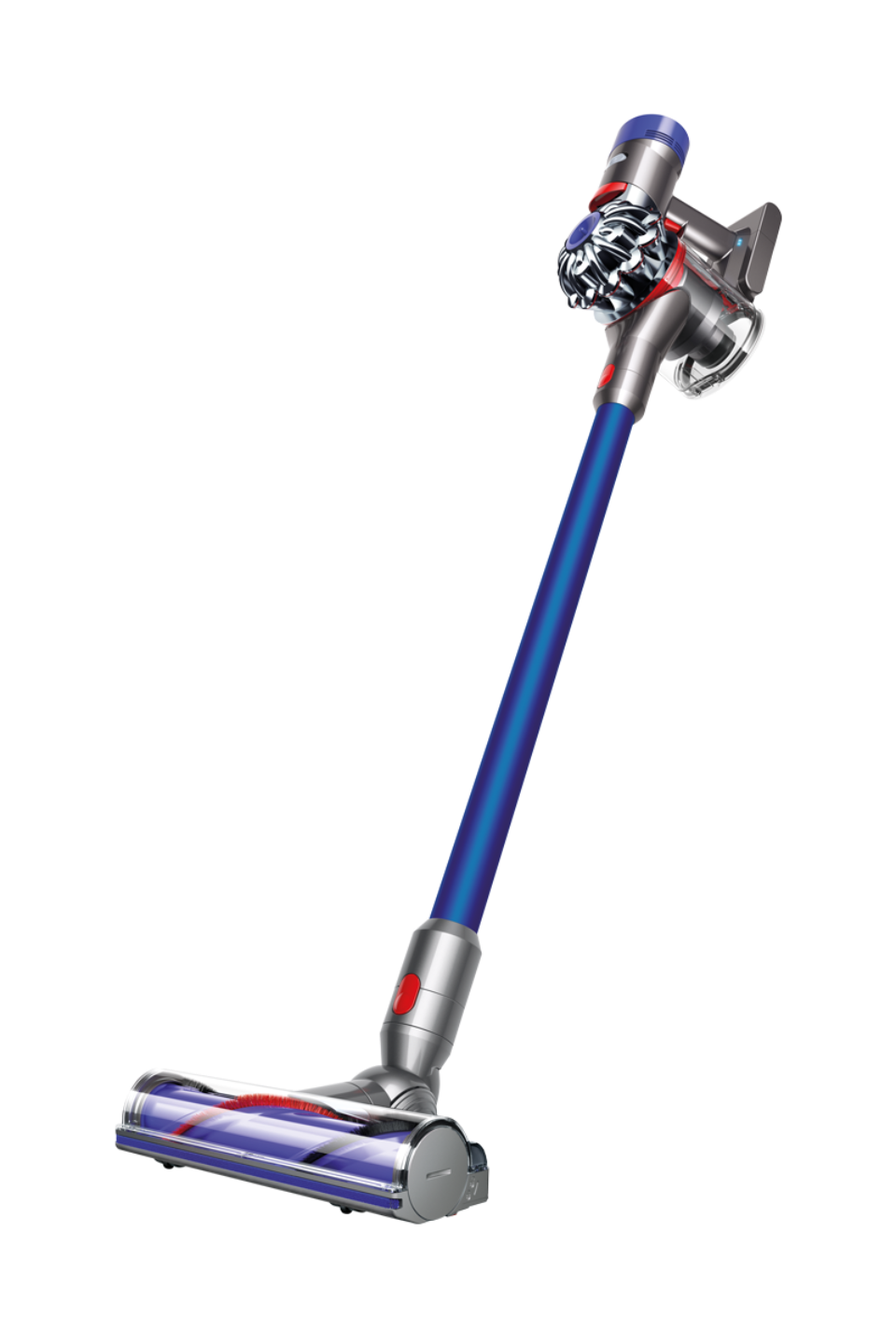Gourmia 4-Qt. Stainless Steel Digital Air Fryer, Black
Fry Force 360° Technology cooks food quickly and evenly with little to no oil. 12 one touch cooking modes with guided cooking prompts. Includes a 4-quart nonstick and dishwasher safe basket, crisper tray, user manual and recipe book.
This Gourmia Air Fryer brings all the flavor without all the fatty calories. Fry Force 360° Technology cooks food quickly and evenly with little to no oil. It features 12 one-touch cooking modes so you can air fry, bake, dehydrate and more – with just a tap! The 4-quart nonstick basket and crisper tray are dishwasher safe for easy cleanup.
- Fry Force 360° Technology cooks food quickly and evenly with little to no oil
- 12 one touch cooking modes with guided cooking prompts
- Includes a 4-quart nonstick and dishwasher safe basket, crisper tray, user manual and recipe book.
Additional information
| Manufacturer Part Number | GAF486 |
|---|---|
| Model | GAF486 |
| Assembled Product Weight | 5 lbs |
| Assembled Product Dimensions (L x W x H) | 10.00 x 8.00 x 1.50 Inches |






by Roosevelt
This item is the best thankyou.
by Sarah
i personally love it great for all your frying needs 10/10
by Kim
love this product an cook fast an easy to don’t gottaheat my kitchen up for little food tots are fave amazing with them an roast broccoli perfect too can’t wait do more in it
by Robert
Easy to clean, easy to understand and use.
by Lisa
Works great! Easy clean up!